The Rise and Fall of an Empire’s Crown Jewel
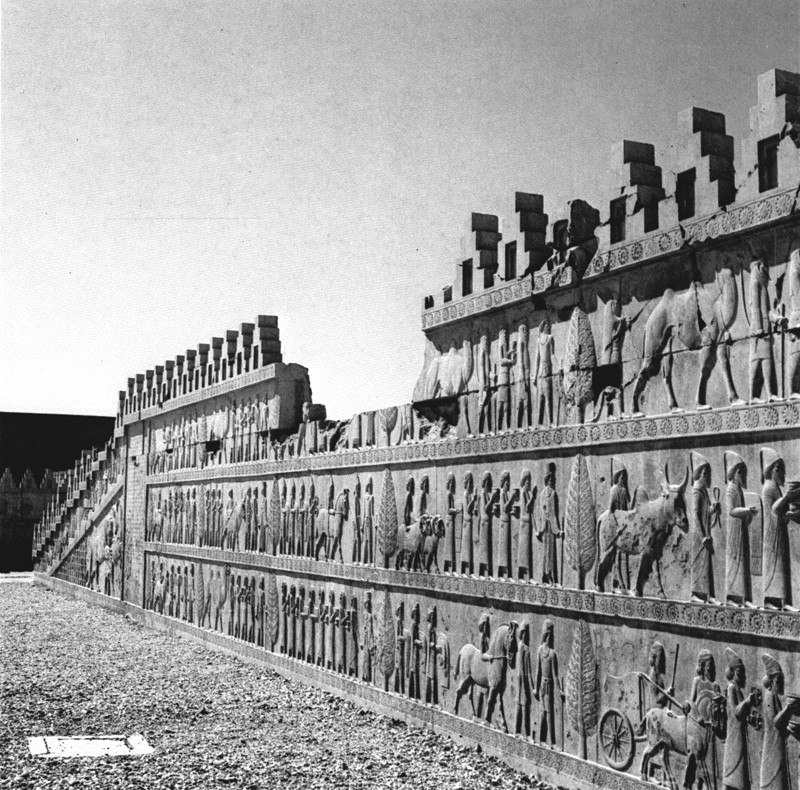
In the heart of modern-day Iran lies a testament to one of history’s greatest empires – the ruins of Persepolis. This ancient city, once the ceremonial capital of the mighty Achaemenid Empire, continues to captivate the imagination of visitors and scholars alike.
A Vision of Power and Unity

As you approach the site, you can almost hear the echoes of a bygone era. Picture yourself as a foreign dignitary, arriving at Persepolis for the first time. The sheer scale of the complex would have been awe-inspiring, with its towering columns and intricate stone carvings stretching as far as the eye could see.
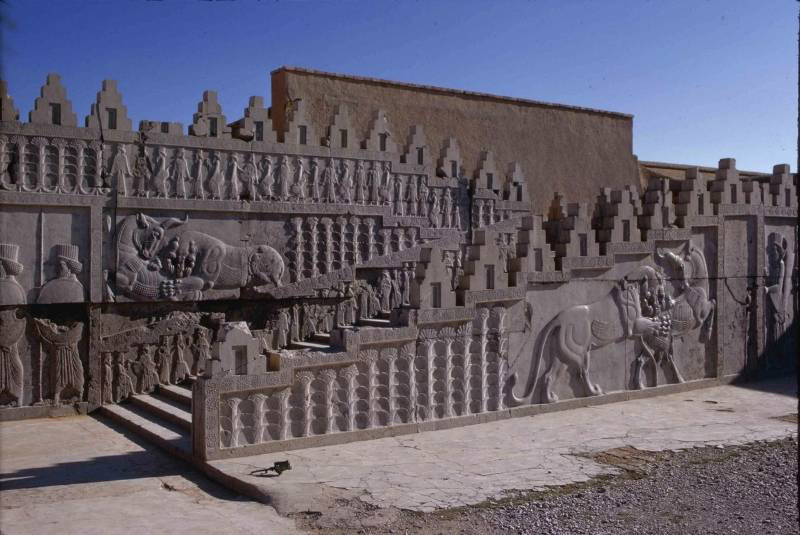
The crown jewel of Persepolis was the Apadana, a vast audience hall where the great kings of Persia would receive tribute from across their vast domain. Its walls tell stories in stone – elaborate reliefs depicting representatives from every corner of the empire, a visual representation of the diversity and reach of Achaemenid rule.
A Center of Ceremony and Faith
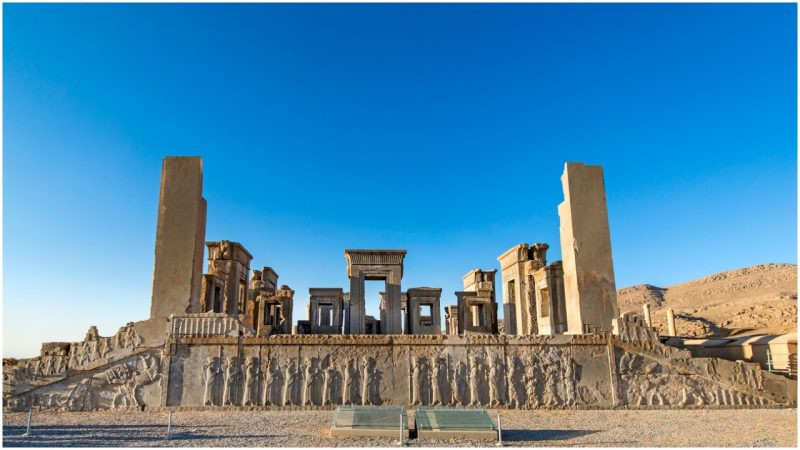
Persepolis wasn’t just a seat of political power; it was the beating heart of an empire’s identity. Every year, as spring breathed new life into the land, the city would come alive with the celebrations of Nowruz, the Persian New Year. Imagine the colorful processions, the music and feasting, as people from across the known world gathered to pay homage to their rulers and their gods.
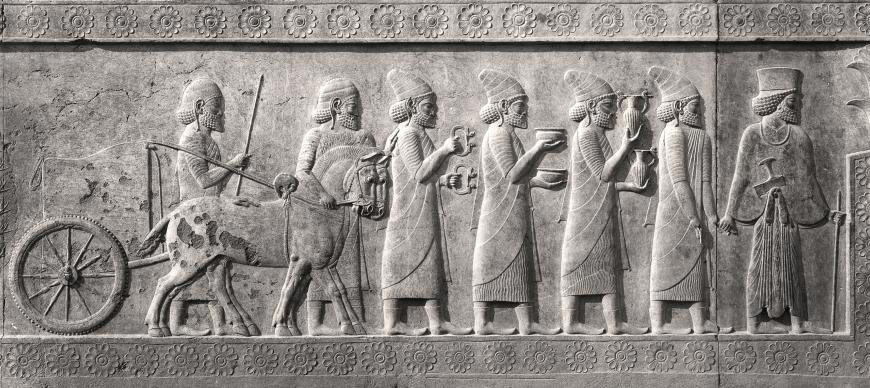
For in Persepolis, the political and the divine intertwined. The city’s grand architecture wasn’t just a display of earthly might, but a reflection of the cosmic order as understood through Zoroastrian beliefs. Each carved bull, each stylized flower spoke to a greater harmony that the Achaemenids sought to embody in their rule.
The Flames of Conquest
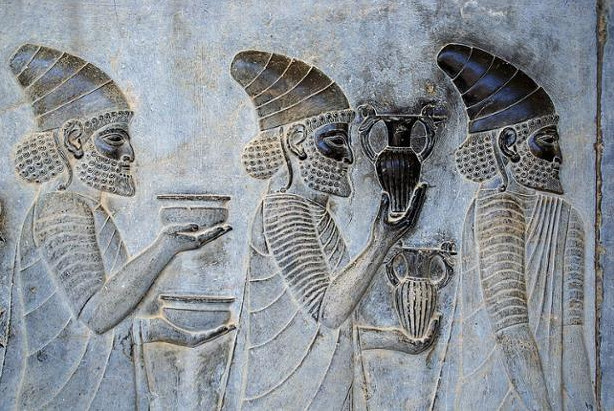
But even the mightiest empires can fall. In 330 BCE, the armies of Alexander the Great swept through Persia like a wildfire. Persepolis, the pride of an empire, was put to the torch. The golden roofs melted, priceless artworks were looted or destroyed, and the once-mighty capital was reduced to smoldering ruins.
An Enduring Legacy
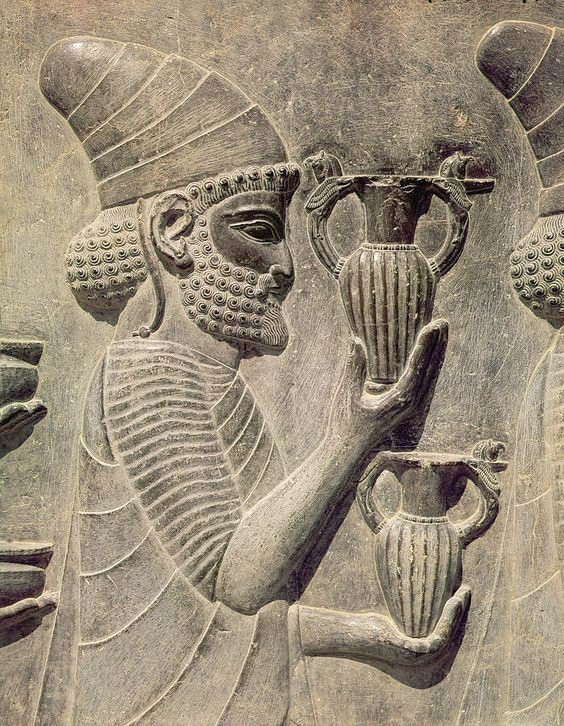
Yet, even in defeat, Persepolis refused to be forgotten. Today, its weathered stones stand as a bridge between past and present. Archaeologists carefully uncover its secrets, while visitors from around the world come to walk in the footsteps of kings and conquerors.
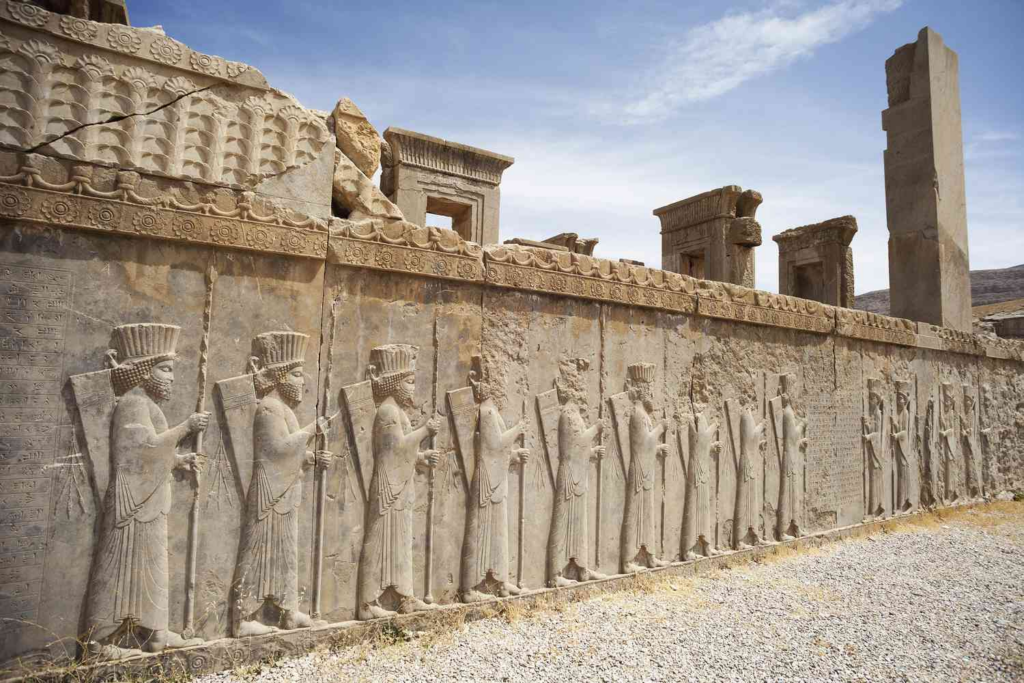
Recognized as a UNESCO World Heritage site, Persepolis is more than just an archaeological wonder – it’s a source of national pride for modern Iranians and a reminder of the heights human civilization can reach. As you stand among its columns, you’re not just seeing ancient ruins; you’re witnessing the enduring power of cultural heritage and the unbreakable threads that connect us to our shared human story.
